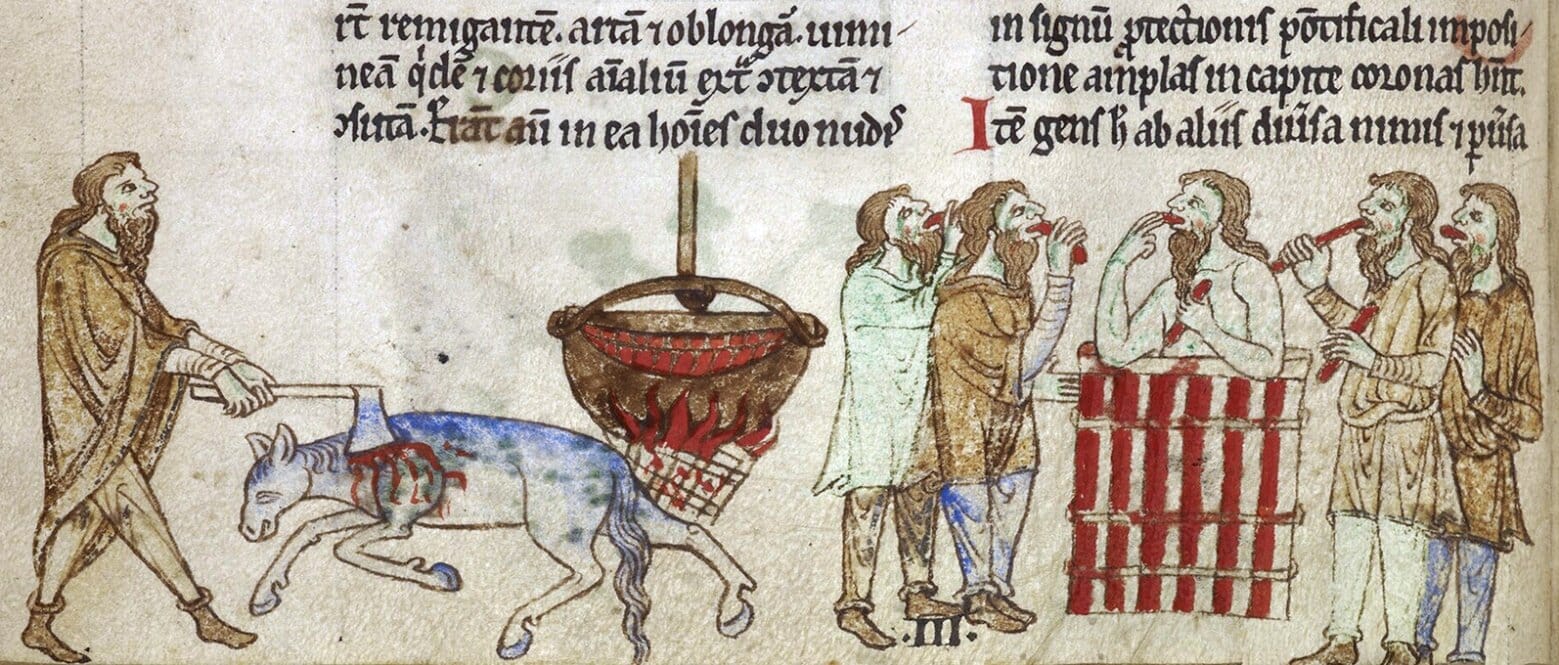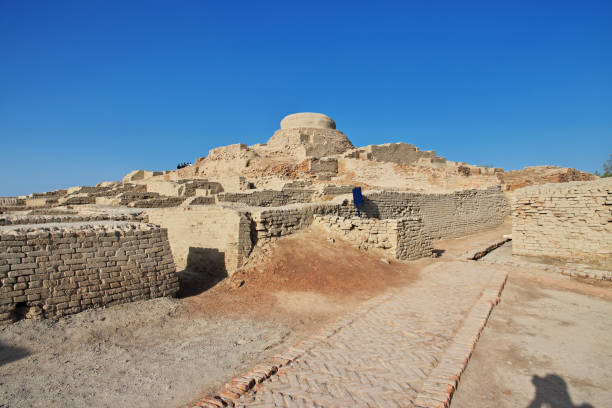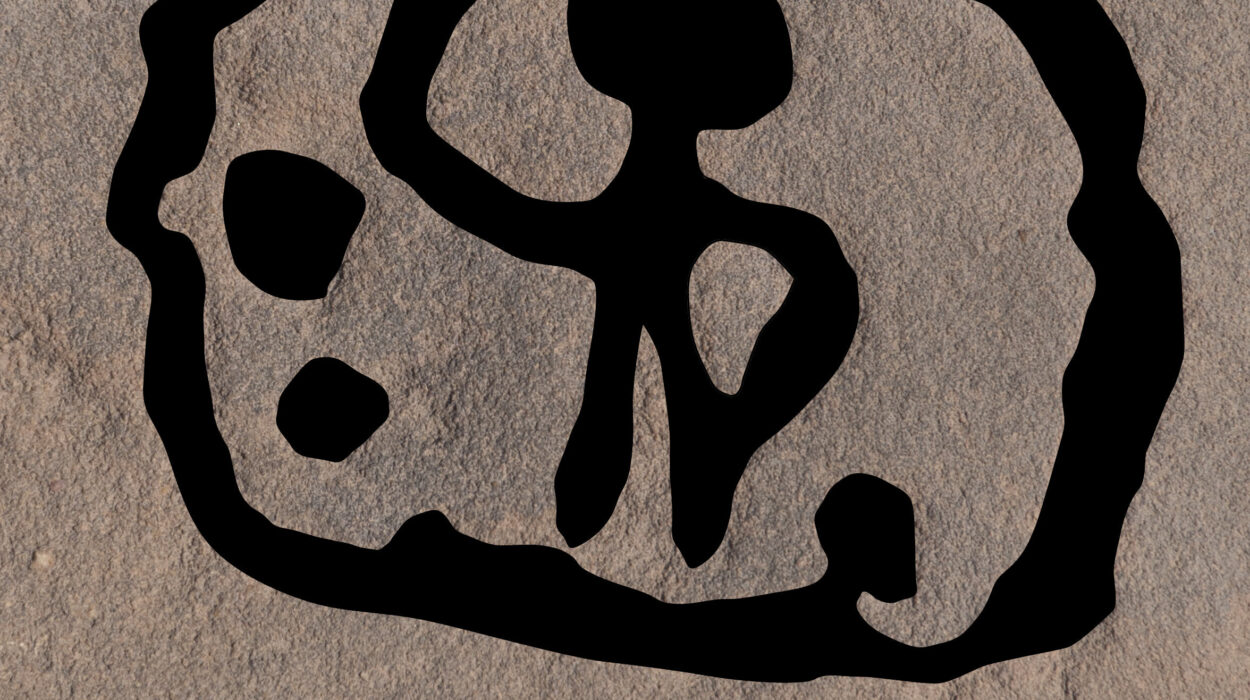Deep beneath Hungary’s medieval soil, scattered fragments of bone tell a story that words alone have long obscured—a story of tradition, survival, and the stubborn persistence of taste. For centuries, historians have taught that Europe’s turn toward Christianity stamped out the practice of eating horsemeat, branding it a barbaric relic of pagan times. But new archaeological evidence from the Hungarian plains suggests that the truth, as ever, is far messier—and far more human.
A sweeping study of nearly 200 medieval settlements across Hungary reveals that people continued to eat horses for centuries after adopting Christianity, challenging the prevailing narrative that religion alone drove the decline of hippophagy—the consumption of horsemeat—in medieval Europe.
“The assumption has always been that Christianity made eating horse taboo,” says Professor László Bartosiewicz of Stockholm University, one of the study’s lead authors. “But our findings show that horsemeat remained on the menu long after conversion. History is rarely as simple as it seems.”
A Taste of the Pagan Past
Before Christianity swept across Europe, horsemeat was a familiar food on dinner tables from the steppes of Central Asia to the forests of Scandinavia. Horses weren’t merely animals of war and labor—they were a source of sustenance, celebrated in feasts and rituals.
But as Christianity spread through Europe, church leaders increasingly associated horse-eating with paganism. Although the Church never officially banned horsemeat—in contrast to the Islamic and Jewish prohibitions on pork—religious texts painted hippophagy as impure, a lingering stain of the “barbarian” past.
“Based on documentary sources, abandoning horsemeat consumption is widely associated with the emergence of Christianity in medieval Europe,” the researchers write in their study, published in Antiquity. “However, in the absence of an explicit prohibition, a great degree of regional diversity is apparent in the condemnation of horsemeat across Europe.”
Digging Into Hungary’s Hidden Diets
To move beyond centuries-old assumptions, Bartosiewicz and co-author Dr. Erika Gál of the HUN-REN Research Center for the Humanities in Hungary turned to the ground itself. They meticulously analyzed animal bones from 198 archaeological sites scattered across medieval Hungary, spanning villages, towns, and rural settlements.
Each bone fragment was a clue: a piece of jaw, a section of limb, a splintered rib. By calculating the percentage of horse remains relative to other livestock bones—cattle, sheep, pigs—the researchers could gauge how common horse consumption truly was.
The results were eye-opening. Horse bones appeared in significant quantities in food waste deposits more than 200 years after Hungary officially converted to Christianity in AD 1000. At some rural sites, horse remains made up as much as a third of the identifiable animal bones in domestic refuse.
“These numbers are simply too high to dismiss as the odd animal slaughtered in desperation,” Bartosiewicz explains. “People were still eating horse regularly. It was part of their culinary culture.”
Mongols, Massacres, and Shifting Diets
So if religion didn’t drive horse off the table, what did? The answer, the researchers found, lay not in faith, but in history’s violent upheavals.
In 1241–42, the Mongol invasion swept across Hungary like a wildfire, devastating cities, burning villages, and killing an estimated 40% to 50% of the population. The aftermath of this catastrophe rippled through every corner of Hungarian life—including the dinner plate.
“Horses were valuable war booty and surviving horse stock was probably in high demand for purposes other than food,” the authors note. In short, horses became too precious to eat.
Desperate to rebuild his shattered kingdom, the Hungarian king invited new settlers from western Europe. These newcomers brought different culinary traditions—and a taste for pork, rather than horse. Unlike Hungary’s earlier pastoralist population, these immigrants were more urbanized, tied to settled farming, and less inclined to slaughter valuable horses for meat.
As horse populations dwindled and cultural norms shifted, hippophagy gradually faded—not because the Church decreed it sinful, but because horses became scarcer, costlier, and less culturally relevant.
Questioning History’s Received Wisdom
Bartosiewicz and Gál’s findings underscore a crucial truth about history: the stories we inherit aren’t always the stories the past would tell.
“Tropes equating hippophagy with ‘barbarity’ have abounded since antiquity,” they write. “This othering is most poignant in sources that post-date the events they are describing, sometimes by centuries, and possibly portray negative generalizations rather than past ‘reality.’”
Written texts, especially those penned by religious chroniclers, often carry biases and political agendas. Archaeological evidence provides a rare chance to glimpse what people actually did—rather than what elites said they should do.
“The contribution of horse remains to food refuse correlates with general historical trends,” the authors caution, “but needs to be understood in light of the complex interactions between different peoples and their physical and political environments.”
The Persistence of Taste
In medieval Hungary, the horse was not only a symbol of power and nobility but also a practical source of nourishment. Even amid sermons condemning pagan practices, people still roasted and stewed horsemeat, savoring flavors tied to memory, tradition, and necessity.
History often likes clear lines: Christian versus pagan, civilized versus barbarian. Yet the bones under Hungary’s fields remind us that human lives rarely fit so neatly into such boxes. People held onto old ways for generations, driven not just by faith but by habit, need, and the simple pleasures of the table.
In the end, the story of hippophagy in medieval Hungary isn’t only about what people ate—it’s about the resilience of culture and the quiet defiance of everyday life, hidden in the refuse pits of centuries past.
Reference: László Bartosiewicz and Erika Gál, Hippophagy in medieval Hungary: a quantitative analysis, Antiquity (2025). doi.org/10.15184/aqy.2025.10138






